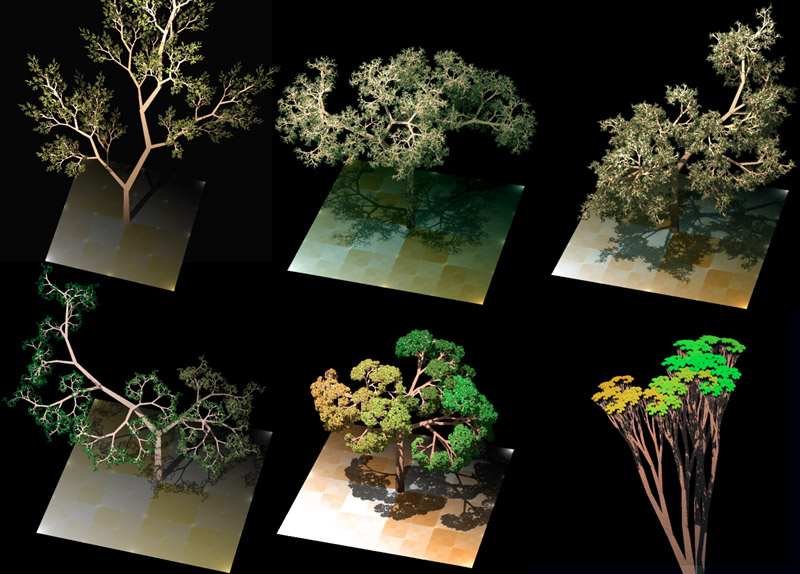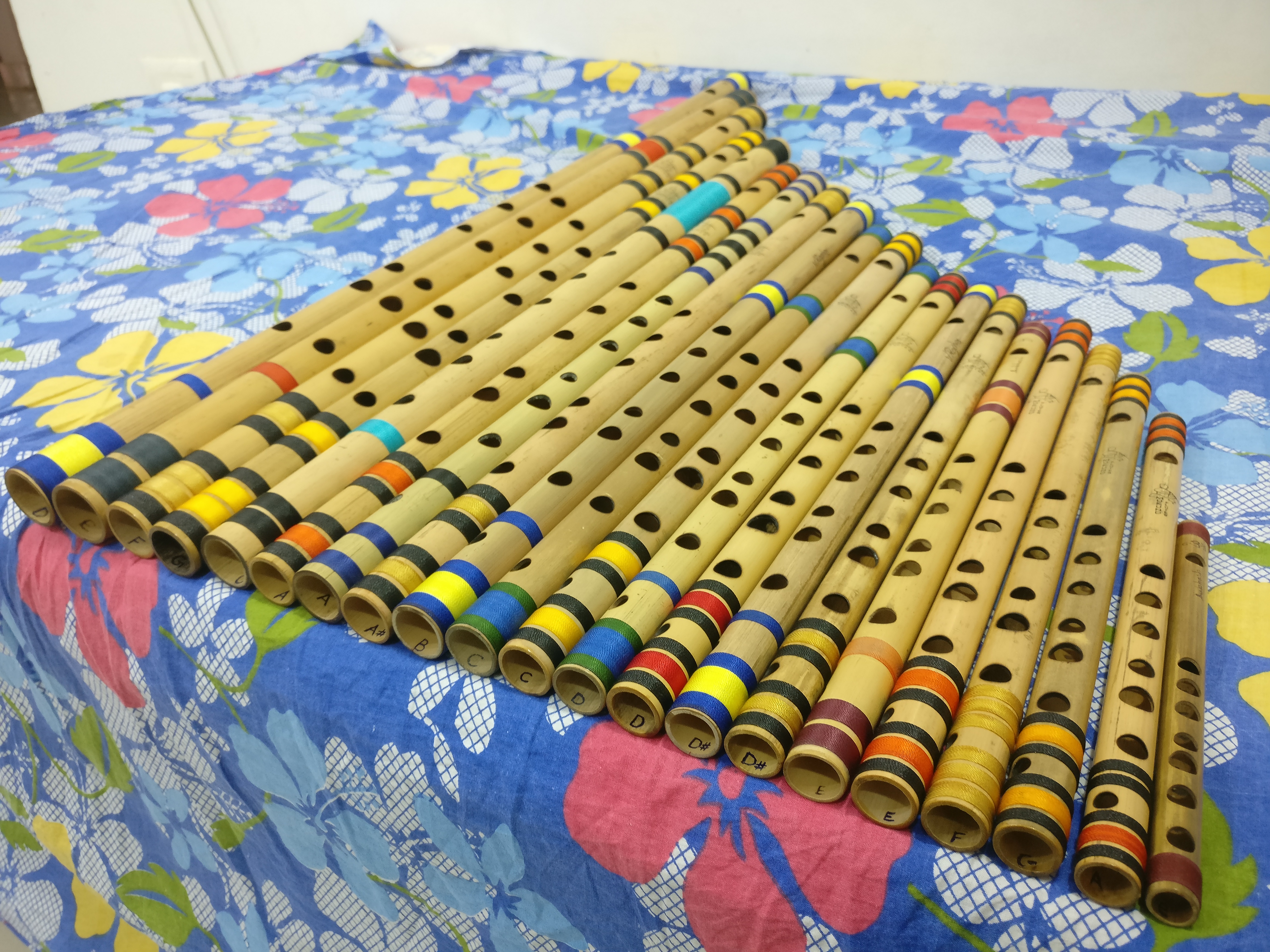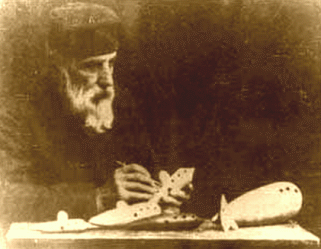|
Laya's Horizon
''Laya's Horizon'' is a 2023 action game developed by Snowman and published by Netflix through its Netflix Games subscription service. The game features the player character, Laya, exploring a small, mountainous island via repeatedly gliding with a wingsuit down from peaks to the coast. The player controls the wingsuit to steer Laya throughout the open world area, exploring the island and completing challenges from other non-playable gliders. The game began development in 2018 as the studio's largest title to date and first open world 3D game, a departure from their previous linear titles such as ''Alto's Adventure'' and ''Skate City''. It was developed based on the central conceit of using touchscreen controls to create the feeling of wingsuit flight, set inside an explorable, peaceful world. Snowman chose Netflix as the publisher so that the game design would not be impacted by a need to monetize the game with advertisements or in-app purchases. ''Laya's Horizon'' was released ... [...More Info...] [...Related Items...] OR: [Wikipedia] [Google] [Baidu] |
Snowman (company)
Snowman (also known as Built By Snowman) is an independent video game developer and publisher best known for ''Alto's Adventure'' (2015). The three-person, Toronto-based team previously worked on productivity apps before starting work on the game in 2012. In the snowboarding endless runner game, the player taps the touchscreen to make the on-screen character jump and perform tricks through procedurally generated landscapes. In March 2016, Snowman announced ''Where Cards Fall'', a collaboration designer Sam Rosenthal and his game studio The Game Band. Snowman will also publish ''DISTANT'', a game created by the two-person team at Slingshot & Satchel. The game is confirmed for release on Windows, Mac, Apple TV, and home consoles. The studio released ''Alto's Odyssey ''Alto's Odyssey'' is an endless runner and Snowboarding video game, sandboarding video game developed by Team Alto and published by Snowman (company), Snowman (iOS) and Noodlecake Studios (Android). The player co ... [...More Info...] [...Related Items...] OR: [Wikipedia] [Google] [Baidu] |
Nausicaä Of The Valley Of The Wind (film)
is a 1984 Japanese post-apocalyptic anime film written and directed by Hayao Miyazaki, based on his 1982 manga. It was animated by Topcraft for Tokuma Shoten and Hakuhodo, and distributed by the Toei Company. Joe Hisaishi, in his first collaboration with Miyazaki, composed the score. The film stars the voices of Sumi Shimamoto, Gorō Naya, Yōji Matsuda, Yoshiko Sakakibara and Iemasa Kayumi.Kaze No Tani No Naushika . ''bcdb.com'', 13 May 2012 Taking place in a post-nuclear futuristic world, the film tells the story of (Shimamoto), the young teenage princess of the Valley of the Wind. She becomes ... [...More Info...] [...Related Items...] OR: [Wikipedia] [Google] [Baidu] |
New York Game Awards
The New York Game Awards is an annual award show honoring video games by nonprofit New York Videogame Critics Circle (NYVGCC). The first awards were held in 2012, honoring previous year's contributions to the video game industry and showcases the group's education work with underserved communities. New York Videogame Critics Circle's stated goals are to promote awareness of, and education for, video games writing and journalism in the New York City area. History The New York Videogame Critics Circle (NYVGCC) was founded in 2011 by writer Harold Goldberg, along with inaugural members Evan Narcisse, Tracey John, Russ Frushtick, and Andrew Yoon. While the NYVGCC was initially created to advocate for its members, it also provides classes and mentoring to underserved portions of the New York City community. Beginning in 2012, the NYVGCC has hosted an annual awards show that distributes trophies to game studios, individual game contributors, and game journalists. The first awar ... [...More Info...] [...Related Items...] OR: [Wikipedia] [Google] [Baidu] |
Edge (magazine)
''Edge'' is a multi-format video game magazine published by Future plc. It is a UK-based magazine and publishes 13 issues annually. The magazine was launched by Steve Jarratt. It has also released foreign editions in Australia, Brazil, France, Germany, Italy, and Spain. History The magazine was launched in October 1993 by Steve Jarratt, a long-time video games journalist who has launched several other magazines for Future. The artwork for the cover of the magazine's 100th issue was specially provided by Shigeru Miyamoto. The 200th issue was released in March 2009 with 200 different covers, each commemorating a single game; 199 variants were in general circulation, and one was exclusive to subscribers. Only 200 magazines were printed with each cover, sufficient to more than satisfy ''Edge''s circulation of 28,898. In October 2003, the then-editor of ''Edge'', João Diniz-Sanches, left the magazine along with deputy editor David McCarthy and other staff writers. After the w ... [...More Info...] [...Related Items...] OR: [Wikipedia] [Google] [Baidu] |
Pocket Gamer
''Pocket Gamer'' is a video game website that focuses on mobile, portable and handheld games. The site launched in 2005 and is published and owned by UK company Steel Media Ltd. The site covers all major portable and mobile gaming formats, including iPhone, iPod, iPad, MacBook, Pokémon GO Plus, Android, Nintendo Switch and others. It was one of the first to cover the iPhone gaming market. The publication also hands out awards for handheld games to recognize them in several categories. The British newspaper ''The Guardian'' at one time syndicated a list of recommended mobile games from ''Pocket Gamer'', especially the list of recommended games for each month. In the years since launch, Steel Media Ltd has created many brand spin-offs, including the industry-facing ''PocketGamer.biz'' site and a series of conferences called Pocket Gamer Connects. Its publisher Steel Media Ltd. was acquired by Enthusiast Gaming in 2019. History Launched in April 2005 with the subtitle 'play as ... [...More Info...] [...Related Items...] OR: [Wikipedia] [Google] [Baidu] |
Apple Arcade
Apple Arcade is a video game subscription service offered by Apple Inc. It is available through a dedicated tab of the App Store on devices running iOS 13, tvOS 13, iPadOS 13, and macOS Catalina or later. The service launched on September 19, 2019. One of the appeals is it offering uninterrupted, unintrusive experiences by excluding what many see as staples of popular, primarily free-to-play, mobile games such as in-app purchases and advertisements. Features All games available on the service are free of advertisements, in-app purchases, data tracking processes and always-on DRM, meaning games can be played offline and without interruptions. Subscribers can share access with up to five others through family sharing and the service can also be purchased through the Apple One bundle. Both standalone subscriptions and the Apple One bundle provide a free one-month trial and can be cancelled at any time. Games on the service feature integration with Game Center and i ... [...More Info...] [...Related Items...] OR: [Wikipedia] [Google] [Baidu] |
Lucky Luna
''Lucky Luna'' is a 2022 platformer video game developed by Snowman (company), Snowman and published by Netflix through its Netflix Games subscription service. The game features the player character, a girl in a fox mask named Luna, traversing a series of underground levels connected by portals to an abandoned temple. The player moves the world left and right around Luna using the touchscreen while avoiding obstacles and hazards. Unlike in most platformers, Luna cannot jump, and the levels are primarily oriented vertically with Luna falling from the top. The game has six handmade levels with different themes in the story mode, and infinite procedural generation, procedurally generated versions of those levels in the endless mode. The game began development in 2014 as ''Cerulean Moon'', a project by Spanish programmer Nacho "Nachobeard" Barbas. It was originally planned for release in 2016, but was still in development in 2020 when Barbas joined Snowman. Barbas and the studio worke ... [...More Info...] [...Related Items...] OR: [Wikipedia] [Google] [Baidu] |
Procedural Generation
In computing, procedural generation is a method of creating data algorithmically as opposed to manually, typically through a combination of human-generated assets and algorithms coupled with computer-generated randomness and processing power. In computer graphics, it is commonly used to create textures and 3D models. In video games, it is used to automatically create large amounts of content in a game. Depending on the implementation, advantages of procedural generation can include smaller file sizes, larger amounts of content, and randomness for less predictable gameplay. Procedural generation is a branch of media synthesis. Overview The term ''procedural'' refers to the process that computes a particular function. Fractals are geometric patterns which can often be generated procedurally. Commonplace procedural content includes textures and meshes. Sound is often also procedurally generated, and has applications in both speech synthesis as well as music. It has been used to ... [...More Info...] [...Related Items...] OR: [Wikipedia] [Google] [Baidu] |
Transverse Flute
A transverse flute or side-blown flute is a flute which is held horizontally when played. The player blows across the embouchure hole, in a direction perpendicular to the flute's body length. Transverse flutes include the Western concert flute, the Indian classical flutes (the bansuri and the venu), the Chinese dizi, the Western fife, a number of Japanese fue is the Japanese word for bamboo flute, and refers to a class of flutes native to Japan. come in many varieties, but are generally high-pitched and made of a bamboo called . The most popular of the is the . Categorization are traditionally ..., and Korean flutes such as daegeum, junggeum and sogeum. See also * End-blown flute {{Flute-stub ... [...More Info...] [...Related Items...] OR: [Wikipedia] [Google] [Baidu] |
Bansuri
A bansuri is an ancient side blown flute originating from the Indian subcontinent. It is an aerophone produced from bamboo and metal like material used in Hindustani classical music. It is referred to as ''nadi'' and ''tunava'' in the ''Rigveda'' and other Vedic texts of Hinduism. Its importance and operation is discussed in the Sanskrit text ''Natya Shastra''. A ''bansuri'' is traditionally made from a single hollow shaft of bamboo with six or seven finger holes. Some modern designs come in ivory, fiberglass and various metals. The six hole instrument covers two and a half octaves of music. The ''bansuri'' is typically between and in length, and the thickness of a human thumb. One end is closed, and few centimeters from the closed end is its blow hole. Longer ''bansuris'' feature deeper tones and lower pitches. The traditional design features no mechanical keys, and the musician creates the notes they want by covering and uncovering the various finger holes. The ''b ... [...More Info...] [...Related Items...] OR: [Wikipedia] [Google] [Baidu] |
Ocarina
The ocarina is a wind musical instrument; it is a type of vessel flute. Variations exist, but a typical ocarina is an enclosed space with four to twelve finger holes and a mouthpiece that projects from the body. It is traditionally made from clay or ceramic, but other materials are also used, such as plastic, wood, glass, metal, or bone. History The ocarina belongs to a very old family of instruments, believed to date back over 12,000 years. Ocarina-type instruments have been of particular importance in Chinese and Mesoamerican cultures. For the Chinese, the instrument played an important role in their long history of song and dance. The ocarina has similar features to the Xun (塤), another important Chinese instrument (but is different in that the ocarina uses an internal duct, whereas the Xun is blown across the outer edge). In Japan, the traditional ocarina is known as the ''tsuchibue'' (kanji: 土笛; literally "earthen flute"). Different expeditions to Mesoamerica, ... [...More Info...] [...Related Items...] OR: [Wikipedia] [Google] [Baidu] |
Quena
The quena (hispanicized spelling of Quechua ''qina'', sometimes also written ''kena'' in English) is the traditional flute of the Andes. Traditionally made of cane or wood, it has 6 finger holes and one thumb hole, and is open on both ends or the bottom is half-closed (choked). To produce sound, the player closes the top end of the pipe with the flesh between the chin and lower lip, and blows a stream of air downward, along the axis of the pipe, over an elliptical notch cut into the end. It is normally in the key of G, with G4 being the lowest note. It produces a very "textured" and "dark" timbre because of the length-to-bore ratio of about 16 to 20 (subsequently causing difficulty in the upper register), which is very unlike the tone of the Western concert flute with a length-to-bore ratio of about 38 to 20. The quenacho (also "kenacho" in English) is a greater, lower-toned version of the quena and made the same way. It is in the key of D, with D4 being the lowest note, a perf ... [...More Info...] [...Related Items...] OR: [Wikipedia] [Google] [Baidu] |

.jpg)




